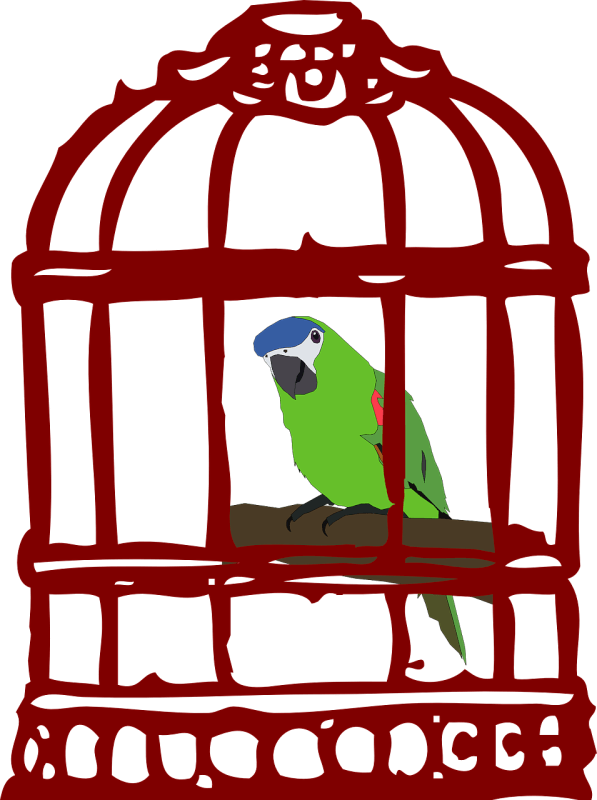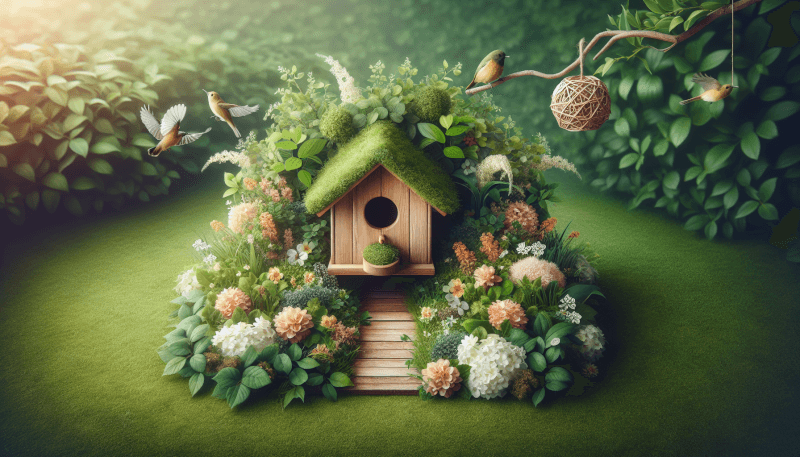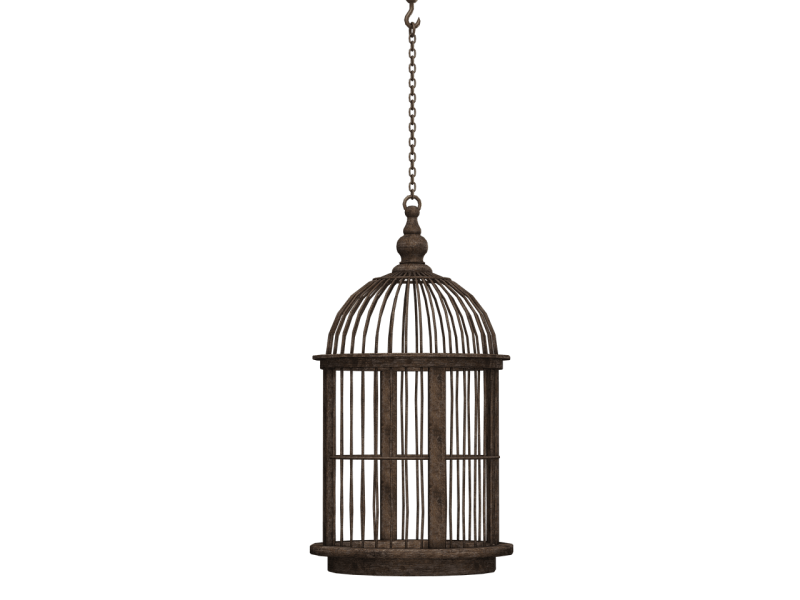Imagine creating a warm and inviting space for our fine-feathered friends to rest and relax. In this article, discover the simple yet effective ways to design a comfortable avian resting area. From choosing the right location to providing cozy perches and shelter, you’ll find practical tips that will not only attract a variety of birds but also ensure they feel right at home in your yard. So, grab your binoculars and get ready to welcome your new avian neighbors with open wings!

Choosing the Location
Assessing the Surroundings
When choosing the location for your avian resting area, it is important to assess the surroundings carefully. Look for an area that is quiet and away from high traffic or noisy areas. The presence of loud noises and disturbances can cause stress to the birds, making it difficult for them to rest comfortably. Additionally, consider the amount of sunlight the area receives throughout the day as birds thrive in natural light.
Considering Predators and Threats
Another crucial aspect to consider when selecting a location for your avian resting area is the presence of predators and potential threats. Avoid areas where predators are known to frequent, such as areas with high populations of cats or other animals that may pose a danger to the birds. Additionally, be mindful of potential threats like strong winds or extreme weather conditions that could negatively impact the birds’ safety and comfort.
Providing Shelter
Types of Avian Shelters
Shelter is essential for creating a comfortable resting area for birds. There are various types of shelters that you can provide, such as birdhouses, nesting boxes, or even natural foliage. Birdhouses and nesting boxes provide a safe haven for the birds, protecting them from the elements and potential threats. Natural foliage, like bushes and trees, also offer shelter and can attract a wider variety of bird species.
Importance of Shelter
The importance of shelter in creating a comfortable avian resting area cannot be overstated. Shelter provides birds with a sense of security and protection from predators, harsh weather conditions, and excessive sunlight. It allows them to rest and rejuvenate without feeling exposed or vulnerable. By providing suitable shelters, you are ensuring that the birds have a safe and secure place to relax and restore their energy.
Selecting the Right Perches
Natural vs Artificial Perches
Choosing the right perches for your avian resting area involves deciding between natural and artificial options. Natural perches include tree branches and wooden structures, while artificial perches can be made of materials like plastic or metal. Natural perches provide a more realistic and comfortable resting surface for birds, resembling their natural environment. Artificial perches, on the other hand, can be more durable and easier to clean.
Variety of Perch Styles
It is important to provide a variety of perch styles in your avian resting area to cater to different bird species. Different birds have different preferences when it comes to perches, such as thickness, texture, or height. Offering a mix of perches of various sizes and materials will ensure that all birds visiting your resting area can find a perch that suits their comfort and needs. This variety will also make the area more attractive to a wider range of avian species.
Creating a Soft Bedding
Choosing Appropriate Bedding Materials
A comfortable bedding material is essential for birds to rest and sleep comfortably in their resting area. Choose bedding materials that are soft, absorbent, and easy to clean. Common options include straw, shredded paper, or even specialized bird bedding available in pet stores. Avoid materials that may be sharp or contain toxins that could harm the birds.
Maintaining Cleanliness
Keeping the bedding clean is crucial for the health and comfort of the birds. Regularly remove any soiled or damp bedding and replace it with fresh, clean material. Failure to maintain cleanliness can lead to the growth of bacteria or parasites, which can be detrimental to the birds’ well-being. Additionally, cleaning the bedding regularly will help control odors and keep the resting area inviting for the birds.

Ensuring Adequate Space
Determining Optimal Area and Volume
When creating an avian resting area, it is important to ensure that there is enough space for the birds to move around comfortably. The optimal area and volume can vary depending on the number and size of the birds you are accommodating. Generally, providing enough space for birds to spread their wings fully and move around without feeling cramped is ideal.
Allowing Sufficient Wing Clearance
In addition to having enough space, it is crucial to allow sufficient wing clearance in the resting area. Birds need to stretch their wings and exercise to maintain their muscle tone and overall well-being. By providing enough space between perches, fences, or any other structures, you are allowing the birds to move and fly comfortably within the area. This promotes their physical health and helps prevent stress-related issues.
Optimizing Lighting Conditions
Natural Light vs Artificial Light
Lighting plays a significant role in creating a comfortable avian resting area. Natural light is preferable as it provides the birds with the benefits of sunlight, including vitamin D synthesis and a natural circadian rhythm. If natural light is limited or not available, consider using artificial light sources specifically designed for birds, ensuring they receive adequate lighting throughout the day.
Preventing Bright/Dark Zones
When optimizing lighting conditions, it is essential to prevent the formation of bright or dark zones within the avian resting area. Uneven lighting can cause discomfort, stress, and may disrupt the birds’ natural behavior. To avoid this, make sure the light sources are evenly distributed, providing a balanced and consistent lighting environment. This will create a more relaxing atmosphere for the birds and enhance their overall well-being.

Regulating Temperature and Humidity
Ideal Temperature Range
Maintaining an ideal temperature range is vital for the comfort of the birds in their resting area. The optimal temperature range can vary depending on the specific bird species, but generally, most birds prefer temperatures between 65 and 75 degrees Fahrenheit (18 to 24 degrees Celsius). Avoid extreme temperature fluctuations and ensure that the resting area is adequately insulated to withstand colder or hotter weather conditions.
Controlling Humidity Levels
Proper humidity levels are crucial for the birds’ respiratory health and overall comfort. While ideal humidity can vary depending on the species, maintaining a humidity range of 40% to 60% is generally recommended. This can be achieved through proper ventilation and monitoring moisture levels in the resting area. Avoid excessively humid or dry conditions as they can lead to respiratory problems or dehydration in the birds.
Providing Water and Food Sources
Proper Placement of Feeders and Waterers
To create a comfortable resting area, it is important to provide easy access to water and food sources for the birds. Place feeders and waterers in locations that are easily visible and accessible to the birds. Consider placing multiple feeding stations throughout the area to avoid overcrowding and promote a sense of inclusiveness for all bird species.
Choosing Suitable Food Options
When selecting food options for your avian resting area, choose a variety that caters to the dietary preferences and needs of different bird species. Offer a mix of seeds, nuts, fruits, and specialized bird feed that provide essential nutrients. This variety will attract a wider range of bird species and ensure that all birds visiting the resting area can find suitable food to sustain them.

Ensuring Privacy and Safety
Barrier Placement for Privacy
To create a comfortable avian resting area, it is essential to provide privacy for the birds. Place barriers, such as hedges or strategically positioned structures, to create secluded areas where birds can retreat and rest without feeling exposed. Privacy encourages the birds to feel safe and secure in their resting area, promoting a sense of calm and tranquility.
Preventing Entry of Harmful Animals
In addition to privacy, it is crucial to prevent the entry of harmful animals into the avian resting area. Install fences, nets, or other barriers around the area to keep out predators like cats, raccoons, or snakes. Regularly inspect the barriers for any potential openings or weak spots that animals could exploit. By securing the resting area, you are ensuring the safety and well-being of the birds.
Monitoring and Maintenance
Regular Observation and Inspection
Regularly observe and inspect the avian resting area to monitor the birds’ behavior and assess the condition of the facilities. Observe the birds’ interactions, feeding patterns, and overall activity level to ensure they are comfortable and content. Additionally, inspect the shelters, perches, feeders, waterers, and bedding regularly for any signs of damage, wear, or contamination. Prompt attention to any issues will help maintain a comfortable environment for the birds.
Cleaning and Repairing as Needed
Maintaining cleanliness and addressing any necessary repairs is essential for the longevity and comfort of the avian resting area. Regularly clean the perches, feeders, waterers, and bedding to prevent the buildup of bacteria or parasites. Repair any damaged structures, fences, or perches promptly to ensure the safety of the birds. By staying proactive in cleaning and repairing, you are providing a consistently comfortable and safe space for the birds to rest.
In conclusion, creating a comfortable avian resting area involves careful consideration of various factors such as the location, shelter, perches, bedding, space, lighting, temperature, food, privacy, and safety. By providing a well-designed and maintained resting area, you are ensuring the birds’ comfort, health, and overall well-being. With these considerations in mind, you can create an inviting and relaxing environment that will attract a diverse range of bird species and provide them with a safe haven to rest and recharge.



